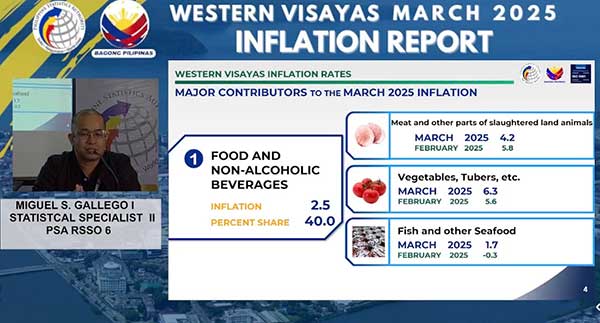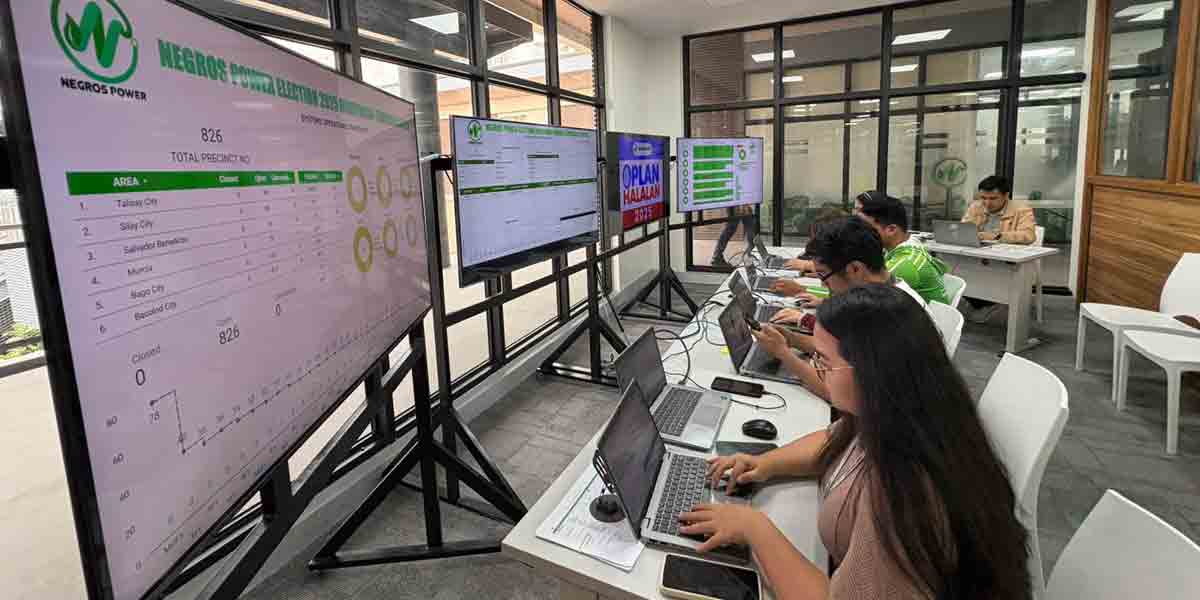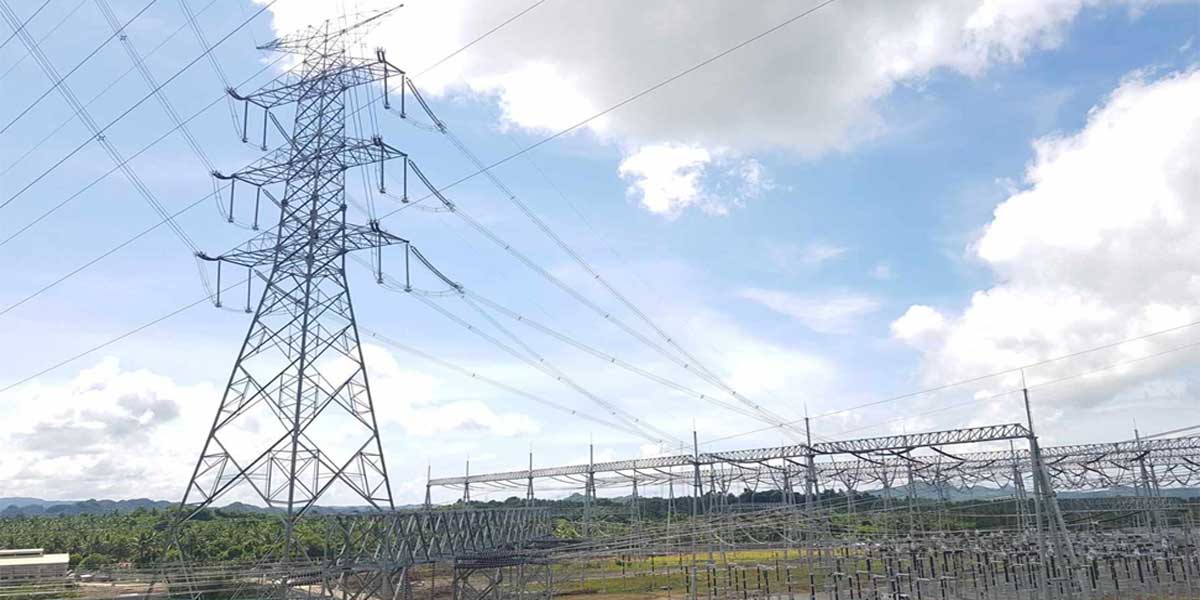
By Mariela Angella Oladive
The Philippine Statistics Authority (PSA) Regional Statistical Services Office VI has urged residents to be more strategic with their spending amid steady inflation and increased electricity consumption expected during the dry season.
Headline inflation in Western Visayas remained at 2.7 percent in March 2025, unchanged from February.
During a press conference on Friday, April 11, PSA Statistical Specialist II Miguel S. Gallego emphasized that while inflation has stabilized, the public should remain cautious.
“Although our inflation rate has remained steady at 2.7 percent, we still observe rising prices in essential commodities,” Gallego said.
“We advise the public to be strategic with their spending to ensure it aligns with their income.”
He recommended prioritizing essential needs and cutting back on daily consumption to better manage household budgets.
Gallego also encouraged residents to conserve electricity as energy demand typically spikes during summer.
“Now that it’s summer, we often need to use electric fans or air conditioners,” he said.
“Make sure to turn them off when no one is around to avoid unnecessary power consumption.”
He also advised limiting non-essential travel to reduce fuel expenses and highlighted the government’s push for renewable energy sources like solar lighting.
“Utilizing renewable sources is one of the initiatives the government is promoting,” he said.
“If people can afford it, it would be better for them to utilize it.”
Food and Utilities Drive Inflation
Top contributors to the region’s March inflation were:
- Food and Non-Alcoholic Beverages (1.08 percentage points);
- Housing, Water, Electricity, Gas, and Other Fuels (0.69 percentage point); and
- Restaurants and Accommodation Services (0.21 percentage point).
Among major commodity groups, notable year-on-year increases were recorded in:
- Housing, Water, Electricity, Gas, and Other Fuels: 4.1% (from 2.9%);
- Food and Non-Alcoholic Beverages: 2.5% (from 2.4%);
- Alcoholic Beverages and Tobacco: 5.2% (from 5.0%);
- Health: 2.6% (from 2.5%).
Meanwhile, prices eased in:
- Clothing and Footwear: 3.7% (from 4.0%);
- Transport: -1.1% (from 1.0%);
- Restaurants and Accommodation Services: 3.4% (from 3.9%).
Education Services remained steady at 8.1 percent, while Financial Services recorded zero movement at 0.0 percent.
Food inflation held at 2.4 percent, with key contributors being Meat (0.67 percentage point), Vegetables (0.60), and Fish (0.32).
Within the food group, mixed trends led to a flat overall rate.
Increases were seen in:
- Fish and Seafood: 1.7% (from -0.3%);
- Dairy and Eggs: 4.3%;
- Vegetables: 6.3% (from 5.6%).
However, inflation eased in:
- Meat: 4.2% (from 5.8%);
- Cereals: 0.5% (from 1.0%);
- Sugar: -0.7%.
Most provinces in Western Visayas posted a downtrend in inflation, except Negros Occidental, which recorded an increase.
Iloilo province had the highest inflation at 4.2 percent, while Antique registered the lowest at -0.1 percent.
Among highly urbanized cities, Iloilo City and Bacolod City saw inflation climb to 3.9 percent and 3.5 percent, respectively.



















